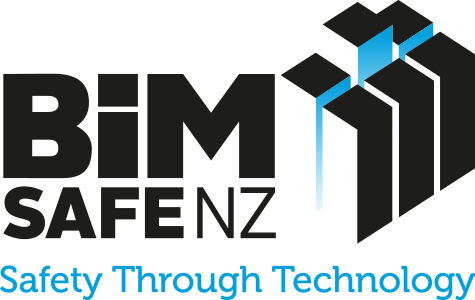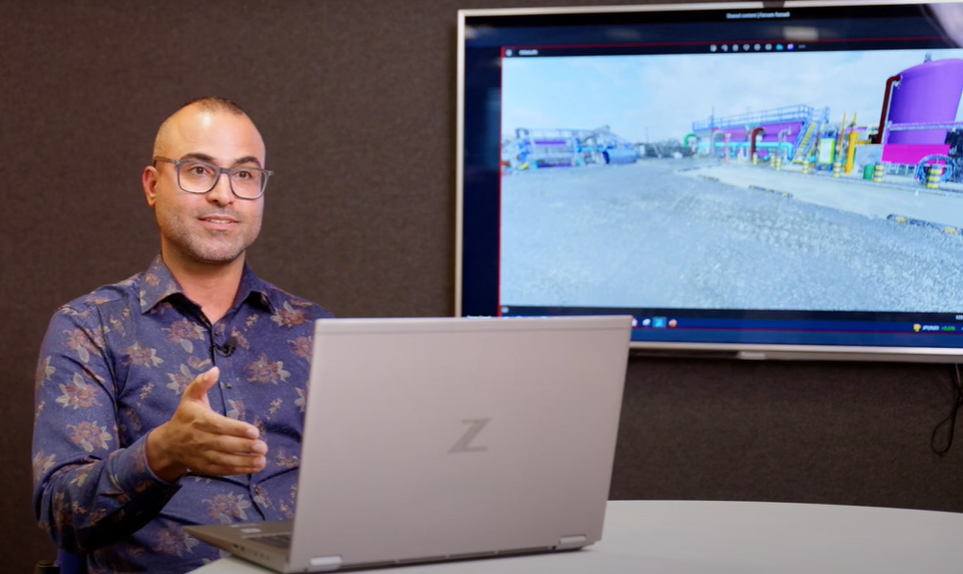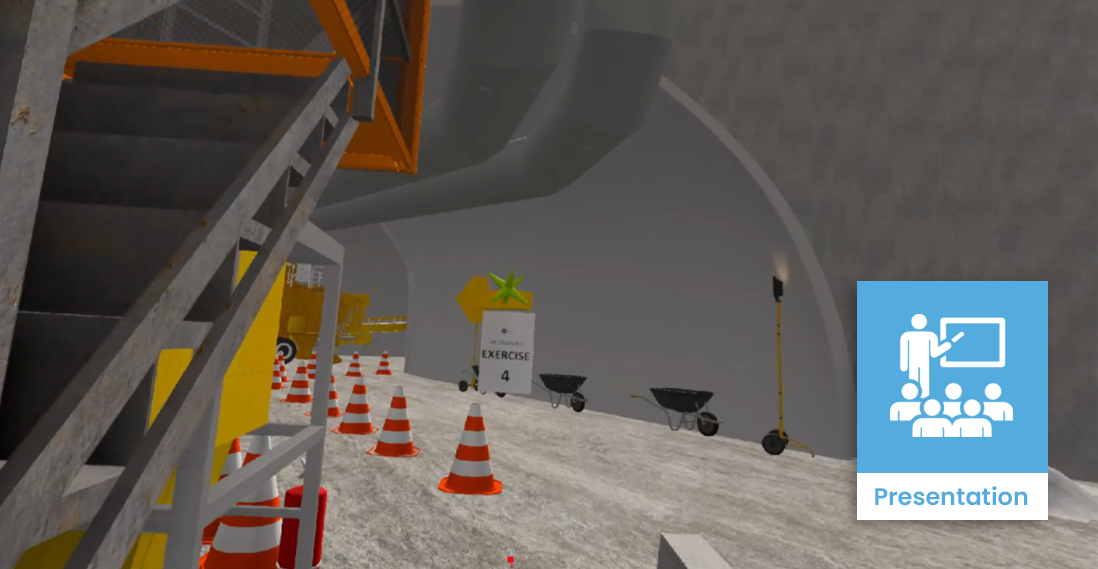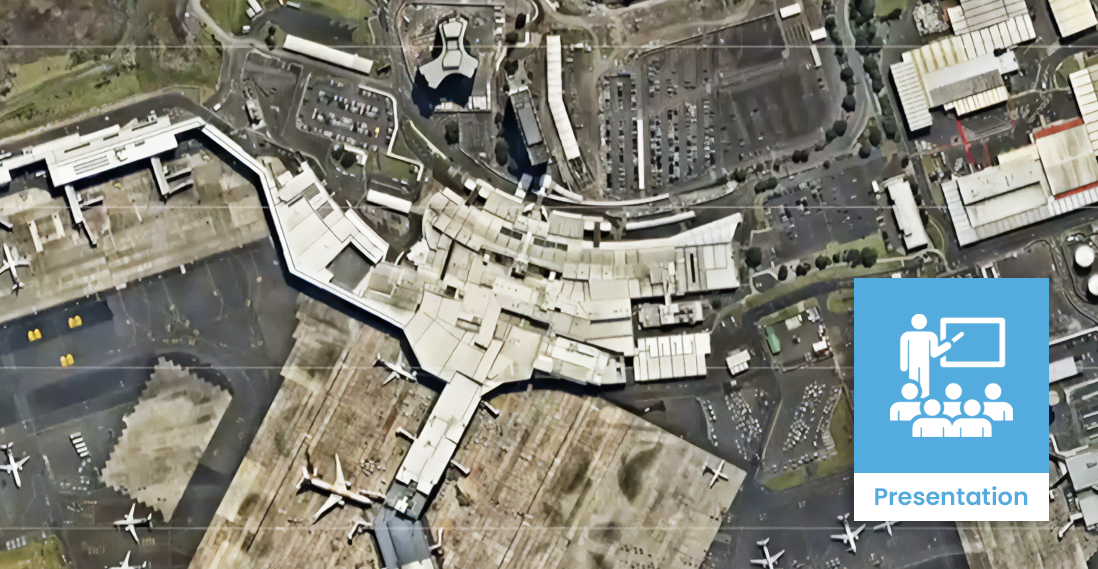Contractor / Subcontractor | Time-based planning for project communication
Description
Effective communication is paramount in the construction industry. A construction site has many hazards, including people, plant, equipment, live traffic, deliveries, neighbouring buildings with live pedestrians. Multiple tasks are happening at the same time, with most interfacing with different trades.
Managing the site properly is a significant challenge, a task complicated by the location of the site. It could be in a tight urban environment, remote area with limited access, or in the middle of a State Highway.
Project communication isn’t limited to verbal communication, it can also mean delivering a message using media. Time-based planning using BIM 4D (a 3D model with the added dimension of time) can provide stakeholders with a better understanding of plans and tasks using construction sequencing simulation. For example, a video or snapshot of the weekly task or major works going ahead.
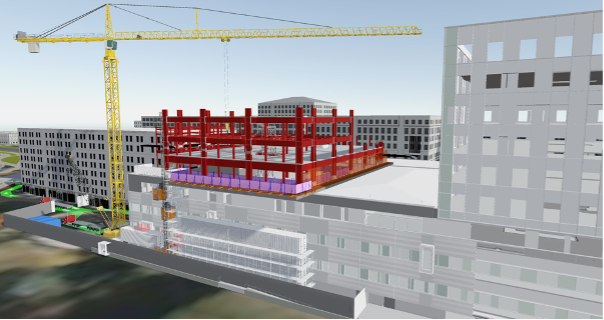
Case studies
Uses and benefits for health and safety
Improve health and safety by enhancing space planning, constructability and monitoring.
Improve understanding of task sequencing by better communicating site activities to stakeholders.
Improve delivery methodology by simulating and reviewing activities and ahead of time to find better ways to do things.
Improve hazard identification and mitigation by using the model to assess the underlying risk in carrying out tasks.
Technology/techniques
A project wanting to use BIM 4D needs a BIM model and a construction programme.
To make it simple and effective to communicate the construction sequence of a specific task, the objects relevant to that task should be present in the 3D model and able to be isolated from surrounding objects and tasks. This applies to the programme as well.
Isolating the objects of interest helps to avoid including too much information and data in the 4D modelling software, which can make a model slow to review and reduce the clarity of communication.
Model/data requirements
Using time-based planning as a project communication tool requires a construction model, either from the subcontractors or the “issued for construction” models from consultants. The model should contain sufficient information in terms of geometry and data to represent the actual size and shape of the elements being installed. For example, to model pouring a concrete slab, the model should represent where each concrete pour starts and stops, rather than as a single slab for the whole floor.
At the same time, the programme breakdown should be detailed enough to link to the model elements.
Hardware and software requirements
Working with any BIM model requires a capable workstation. The added size and complexity of a BIM 4D model makes a high-end workstation a necessity.
The software requirement includes:
- space
- Design authoring software, such as Revit, Civil 3D or Tekla
- space
- Scheduling software, such as Primavera P6, Microsoft Project or Asta
- space
- 4D modelling software, such as Synchro or Navisworks Simulate
- space
Some software, such as CMBuilder, provides all these functions in a single tool. No third-party software is needed for it to work.
Contract/procurement implications
During procurement, BIM 4D modelling must be identified as one of the project’s objectives. Including this functionality will add to the initial cost of the project, but the benefits over the course of the project are likely to outweigh the expenditure.
During construction, the main contractor will need to allocate budget and resources for 4D modelling – the amount will depend on how many tasks are modelled and how often the visual plan is updated.
Roles and responsibilities
| Project engineer |
Communicates requirements and methodologies to the wider team by exporting videos and snapshots from the modelling software. |
| Health and safety personnel |
Ensures all risks and hazards are identified prior to work commencing. They also produce output for site inductions and toolbox talks, as a way to create awareness on site. ㅤ |
Training requirements
Most 4D modelling software providers offer training and support for users of their software.
Future directions
A structured and transparent view of project timelines, tasks and dependencies enhances coordination, collaboration, and risk management.
Successful projects use effective communication as a primary tool to deliver the project. Time-based planning systems and training offer a way to achieve this and are increasingly becoming the norm in the delivery of construction projects.
